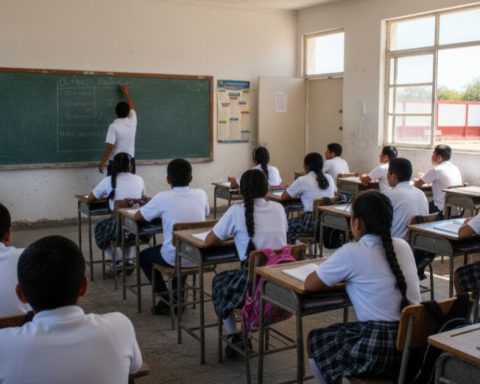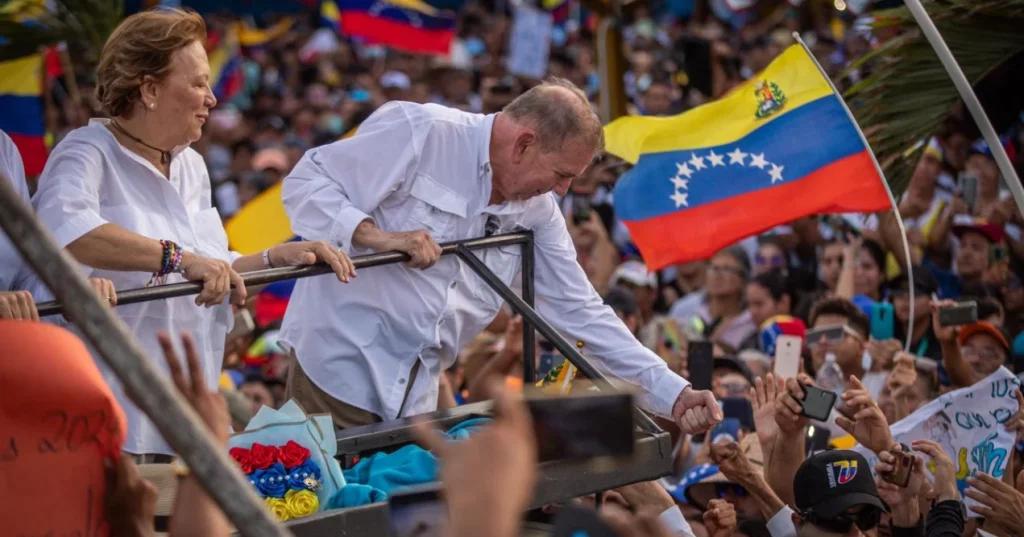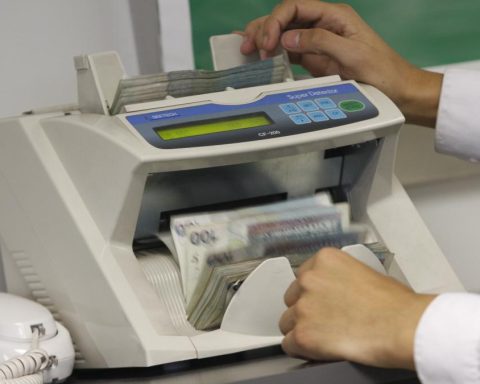In addition, inflation would rise due to the effect of the tariff on US imports and the initial depreciation of the peso caused by the opening of the trade deficit and the increase in risk aversion.
The plan considers that the general tariff for Mexico would be 10% for all its exports, with entry into force from the first quarter of 2025.
But he points out that beyond the mechanisms and resources provided by the USMCA, Mexico can also respond with a 10% tariff on all imports from the United States.
Although Mexico will be affected, the results of this tariff war for both countries and the rest of the world would be significant in terms of economic growth, inflation and financial instability.
“The economic effects of this scenario, which considers a US tariff with reciprocal retaliation from Mexico, are more depressing given the greater impact on bilateral trade, but also translate into higher inflation given the higher cost of imports in both countries. There is also an automatic response of the exchange rate to the risk of a more aggressive and prolonged tariff war,” Moody’s details.
Another defense mechanism that the rating agency identifies for Mexico is that the country can allow the peso to depreciate competitively to reduce the impact of tariffs and try to avoid a larger-scale tariff war in which everyone would lose.
He explains that this defense can be implemented gradually as an internal policy to absorb external shocks through the dual buffer provided by the interest rate and the exchange rate.
“Despite being a less arbitrary defence mechanism than the imposition of tariffs, the country would run the risk of being classified as an exchange rate manipulator,” he warns.













